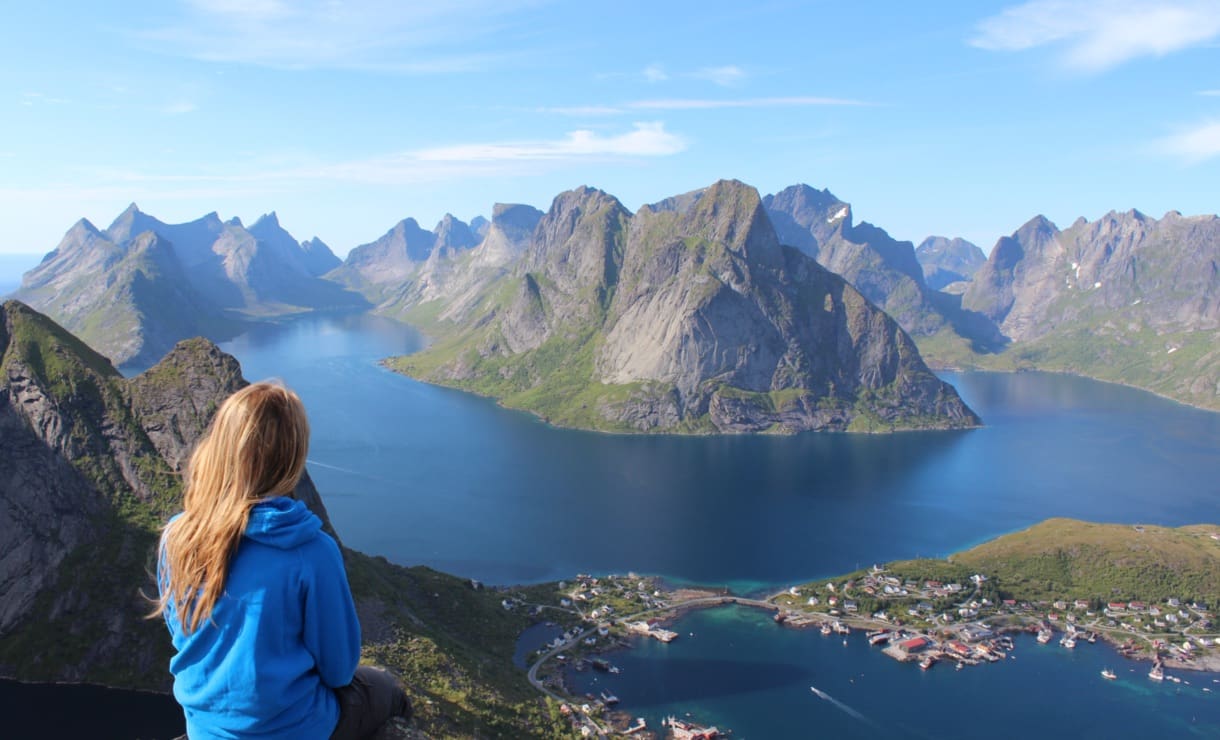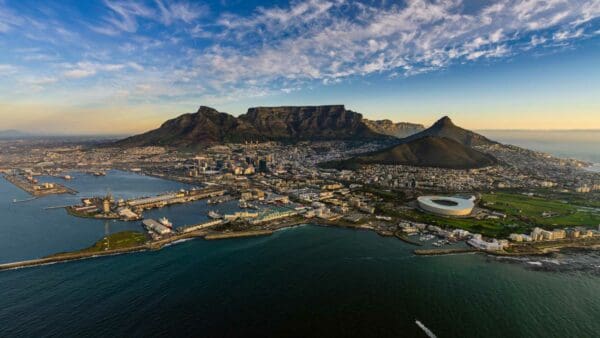This month our team is focusing on on finding and sharing about unsung heroes in Cambodia. This post is part of an 11-blog series about our efforts.
In 2002 when most all of my friends were going on short-term overseas mission trips, I was learning about indigenous ministries and the effectiveness of native missionaries. Through a cost-benefit analysis, I came to the conclusion that it would be most efficient for me to live missionally in my hometown, San Francisco, and financially support ministries like ChristianAid and Gospel For Asia. After awhile overseas mission became an afterthought. Something about simply giving money and trying to pray for missionaries I would never meet wasn’t enough.
I’ve been grateful this month to be given the opportunity to meet native missionaries, hear their stories, and learn about their struggles and temptations.
One of these men is Pastor Chhinho Saing from Shalom Mission to Cambodia. In the days when there were no churches and or fellowships he was able to learn about God through a radio broadcast that came from the Philippines. Since then he has labored hard to make Jesus available to his people. He has even recently left a position at World Vision to focus on church planting. In 11 years they have planted 12 churches and have as their goal to plant a church in every one of the 24 provinces in Cambodia.
His approach is holistic and thorough, emphasizing the empowerment of the Khmer people and long-term sustainability. When he does receive financial support from western churches for pastoral salaries, he prefers to use those funds to create microloans for the pastors who can then start small business projects. This way when the funds stop, the churches don’t die, as he has seen happen so many times. The small business also allows the pastor to maintain an incarnational presence in the community. An honest business becomes a stark contrast in a country where corruption and cheating is so commonplace.
Somehow by having more skin in the game, seeing the tuk-tuk Pastor Sopheak drives as his other job, meeting the children, seeing the dorms & buildings, the sewing project, and the grasshopper farm has made the task of reaching the lost much more real. I’m realizing that native missionaries of far off lands and I are much more connected than I thought. And I find myself seeing how the harvest is plentiful but the laborers few and hopeful for the possibility of future World Racers laboring here while praying for God to send more.








